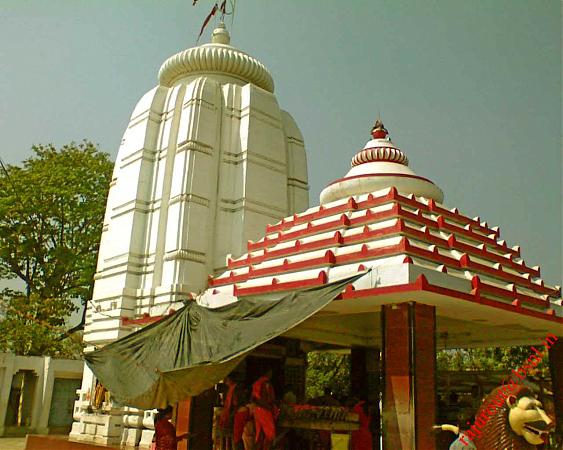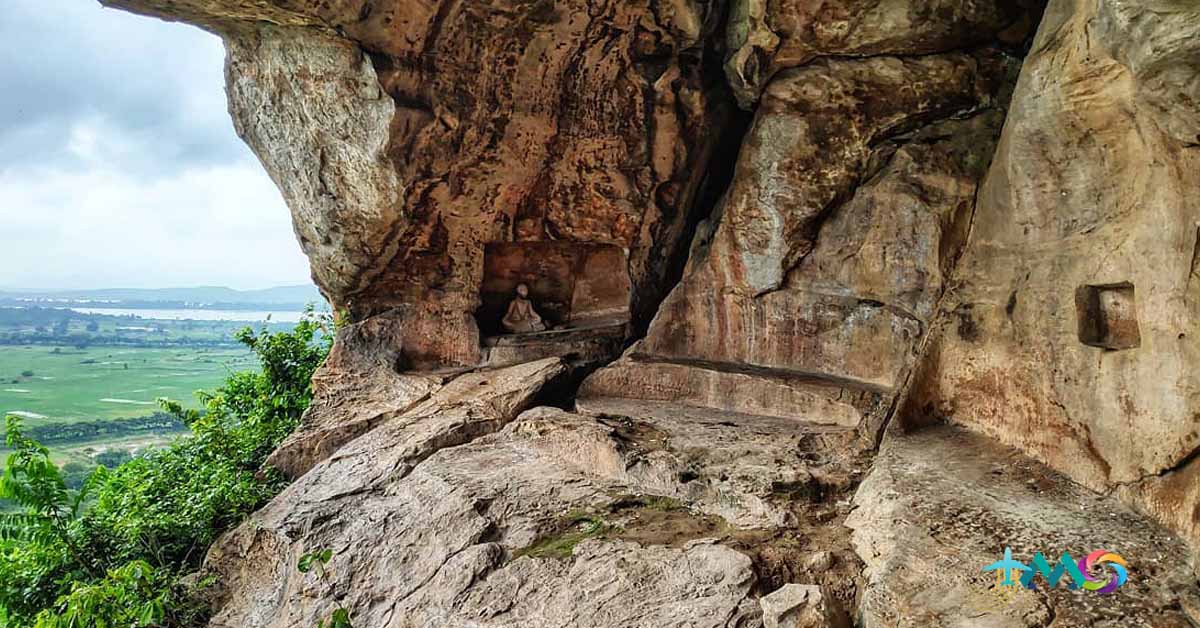Lalitagiri

Lalitagiri
Lalitagiri, the sleepy Buddhist archaeological web website online in Odisha, will quickly be withinside the spotlight.
With the show of what’s taken into consideration to be the sacred bone relic of Lord Buddha Himself, the faraway and desolate web website online will quickly be an across the world sought-after non secular tourism spot. Construction of an armoured show facility is nearing final touch in Lalitagiri in which the relic may be competently located for public darshan.
It turned into at some point of massive excavations from 1985 to 1991 that a golden casket turned into found on the Lalitagiri archaeological web website online. Its content – a bone fragment – is assumed to be that of Lord Buddha Himself. It could be applicable to do not forget right here that Hieuen Tsuang, the Chinese Buddhist monk who travelled round in India withinside the 6th century, had defined approximately a fantastic stupa atop a hill at Puspagiri Mahavihara that emitted awesome mild due to its sacredness.
Lalitagiri is taken into consideration as one some of the oldest Buddhist facilities of Kalinga / Utkal (gift Odisha).
Lalitagiri, along side Ratnagiri and Udayagiri, bureaucracy the Buddhist “Diamond Triangle” of Odisha. There is any other greater famous Triangle in Odisha – the “Golden Triangle” – inclusive of Hindu non secular sites, namely, Bhubaneswar, Konark and Puri. The Diamond Triangle spans the Buddhist historical past of Odisha from second century BC to thirteenth century AD. After all, it turned into right here withinside the land of Kalinga that Emperor Ashoka embraced Buddhism after victory withinside the gory Kalinga War. The ruins of Lalitagiri encompass 4 spacious monasteries, a significant chaitya with limitless votive stupas of various dimensions unfold all round, and a Maha Stupa.
Also referred to as Naltigiri, it’s far in Cuttack District and is ninety km. from Bhubaneswar, capital of Odisha, and 14 km. from Ratnagiri, any other factor withinside the Diamond Triangle. The web website online is sandwiched among Parabhadi and Landa hills of the remoted Assian variety and lies withinside the Birupa-Chitrotpala valley. The archaeological treasures of the hills and its region have been first introduced to mild in 1905 through the then Sub Divisional Officer of Jajpur, M.M. Chakravarty. Subsequently, a reference of Lalitgiri withinside the Memoirs of Archaeological Survey of India (ASI) is discovered in 1927-28 through R.P. Chanda of Indian Museum, Kolkatta. But it turned into best in 1937 that the web website online turned into declared a centrally blanketed monument. And it turned into best after any other 4 a long time in 1977 that a small scale excavation on this hillock turned into initiated through Utkal University; sadly, through then a great deal might have been misplaced and vandalised.
Maha Stupa – Atop a sandstone mound that offers a calming and panoramic view of the fields close by and hills afar, stands aloof a Maha Stupa of bricks, measuring 36 meter in circumference. From the hillock it must were a watch complete of greenery however whilst we visited in January, because the harvest turned into over, the fields have been all dry with a coloration of fading inexperienced and developing brown. Major excavations through ASI at some point of 1985-ninety one found out the Maha Stupa however in a significantly broken condition. Luckily, the golden casket with Tathagata`s bone relic turned into discovered competently mendacity inside this Maha Stupa! Hence it profits non secular, archaeological and ancient importance of a totally excessive order.
The relic: It turned into interior this Maha Stupa that a votive stupa of khondalite stone turned into discovered. Within this stone field have been discovered a steatite, a silver and a gold casket, located interior one any other. The innermost gold casket contained the relic or dhatu withinside the shape of a small fragment of bone. As the bone fragment is so carefully preserved inside 4 caskets – of stone and of valuable metals – it’s far believed to be that of the Lord Himself. These un-inscribed caskets have been organized withinside the way of a Chinese puzzle box. The discovery of relic caskets at Lalitagiri turned into the primary of its type in jap India. The steatite (soapstone) casket is a properly-polished and easily completed one; soapstone turned into likely selected for its excessive heat-resistant quality.
Chaitya – Further excavations unearthed a massive, semicircular chaitya (temple / prayer corridor with a stupa at one end) and 4 monasteries on the foot of the mound. The east-dealing with brick constructed apsidal (semi round) chaityagriha measures 33 x eleven m with a 3.3.m thick wall and a round stupa at its center. The discovery of such an edifice is likewise first of its type withinside the Buddhist context in Orissa. Votive stone stupas of various dimensions are discovered located round this chaityagriha. They have been all too large for my pocket! Wish I cad thoughtfully carried a trolley suitcase. Basement stays of many different structures (round, rectangular and rectangular) additionally cluster its surrounding.
Monasteries – Four brick-constructed monasteries have been found; of these, the east dealing with double storied monastery (No.1) is the biggest measuring 36 squaremtr (externally) with its important courtyard by myself measuring 12.nine sq. m.
Datable to tenth-eleventh century AD, it has a massive brick constructed cistern abutting the herbal bedrock at its backside, intended likely for storing rain water. But we didn’t word it. Partially uncovered monastery (No.2) in the intense north aspect of the hill turned into constructed at some point of the decadence segment of Buddhism at Lalitagiri. Monastery No. 3 (28 x 27 m), dealing with south-east, has an eight sq. m important courtyard; believed to be the earliest withinside the complex, it is going properly with the ultimate segment of apsidal chaitya. No. four monastery (30 sq. m) faces west with a large headless Buddha photograph withinside the sanctum. A terracotta seal of 9th-tenth century discovered in this type of monasteries reads out as Sri Chandraditya Vihara Samagra Arya Bhiksu Sangha.
The brick partitions have many folds that deliver an ordinary conventional contact to the complete structure. The rooms have door frames indicating all of them had a few provision for remaining the entrance. Some rooms are supplied with niches, likely for deities or non-public belongings. The monasteries are relatively in a higher state; even as the chaitya is nearly flat, the monasteries stand nearly to the lintel level.






